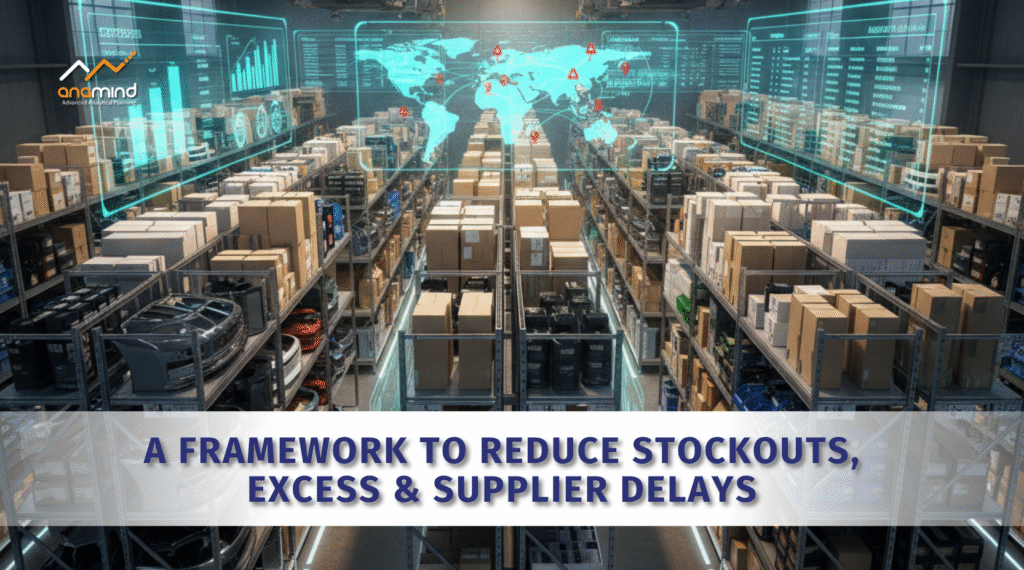In May 2025, an understated regulatory move revealed a stark truth:
Most supply chains aren’t built to flex — they fracture.
When the De Minimis Rule Ended, Supply Chains Were Blindsided
For years, the De Minimis rule allowed shipments under $800 to enter the U.S. duty-free — a small but powerful enabler of fast, low-cost cross-border trade.
Companies structured their operations around it. Planners relied on it.
Then, overnight, it vanished.
Suddenly, all low-value shipments carried hidden risks:
- Tariff surprises disrupted landed cost planning.
- Customs delays extended delivery times.
- Cash flow forecasts became unreliable.
- Inventory replenishment cycles collapsed.
- Customers waited — and grew frustrated.
Across industries, supply chain teams panicked. Not because they lacked experience, but because their systems weren’t agile enough to adapt in real time.
The Real Problem Wasn’t Logistics. It Was Planning.
Amid the chaos, one company kept moving — because it had already planned for disruption.
Portless, a Shenzhen startup, swiftly shifted to Type 11 customs declarations, prepaid duties on behalf of customers, and maintained high fulfilment speeds. While competitors stalled in clearance queues, Portless stayed operational.
Why? Not just because they managed logistics well — but because they designed resilience into their planning.
- They simulated volatility.
- They anticipated disruptions.
- They integrated sourcing, inventory, and fulfillment on a single platform.
This wasn’t just good logistics — it was next-generation supply chain planning.
Lesson: Static Replenishment Models Are a Liability
This wasn’t an isolated incident — it was a preview of the relentless challenges ahead for supply chains. Whether facing policy shifts, supplier failures, or demand spikes, traditional models — reliant on averages, lead-time buffers, and historical data — are no longer sufficient.
To survive and thrive, supply chains now need:
- Real-time visibility into inventory, demand, and disruptions.
- Predictive analytics to simulate scenarios before they happen.
- Dynamic replenishment systems that adjust to real-time conditions.
- Cross-functional coordination from procurement to delivery.
Without these, even the most efficient operations remain vulnerable to the next external shock.
It’s Time to Shift from Forecast-Driven to Resilience-Driven Planning
Today’s supply chain leaders don’t just want better forecasts — they want faster responses, smarter planning, and supply chains that flex without breaking.
At Anamind, we provide Planning Intelligence — transforming legacy systems into agile, forward-looking platforms that realign instantly and collaborate across the entire value chain.
Want to see how this works for your business?
Discover how Anamind helps manufacturers, distributors, and supply chain experts navigate disruption with confidence.
👉 Request a custom demo and see Planning Intelligence in action.
Published by Anamind | With contributions from Prabir
Source: Business Insider; May 29, 2025.





